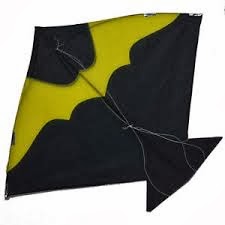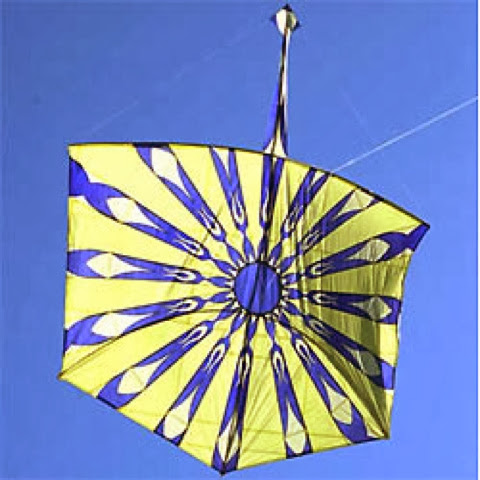I know that we are going to be working on some things that have to deal with coding and all that kind of stuff through this semester. I remember talking in class about creating something that activates to touch and what not...After interviewing Ray Caesar for JAPR just this week I looked into the gallery in Canada where he shows his work & ran across this artist, Brian Richer.
Some of his light sculptors look so simple but are really amazing thought I would share it with the class. He also has some other really interesting and amazing sculptors, even stone carvings
:) -- Claire
http://galleryhouse.ca/brian-richer/
Thursday, January 30, 2014
Wednesday, January 29, 2014
Venezuela Kites

Kite surfing is very popular today in Venezuela. It is not a very traditional way of flying a kite, it is also an extreme sport. This is a very big tourist attraction to the area. These kites can be very complex and are usually a lot bigger than normal kites.
Other types of kites are more traditional and a lot simpler. Kite flying is very big in Venezuela and Columbia. August is Kite flying month and they also hold a huge festival. The kites are colorful and simple.
Nepalese Kites- Emma Romo
Today, in the city of Katmandu, there is a a festival called Dasain. It is a harvest festival occurring in the early fall in which fighter-kite, kite flying takes place. People fly their kites from the roof tops and aim to cut their opponents' strings. While the maajhaa is still made with crushed glass, most people buy pre made ones that use other forms of glue than slug gum.
Japanese Kites -- Claire Bagg
Japanese Kites
Historical Traditional Kites
Japan was introduced kites by Buddhist missionaries and were used for religious purposes...Kites
were flown with stalks of rice as symbolic offerings go thanks hoping for a year of good crops.
Kites designed with demons were also used to protect new-borns from evil.
It was a strong Japanese belief that if kites needed a tail to fly it was not designed well enough,
only for strong winds were tails added on.
Congratulation kite given to new borns to protect them.
Demon painted kite made to protect & guard.
Contemporary Japanese Kites
Today the religious significance of kites has been replaces by secular pleasures.
To actually fly a kite in Japan you have to drive several miles out of Tokyo to find a place open enough to fly. Some older people may still accept the direction in which kite has fallen as prediction of the success/failure of the rice crops that year...But typically today they are only used in kite festivals several times throughout the year.
the Brazilian style fighter kite is called Pipas
In India, Pakistan, and Chile, there have been reported accidents involving the abrasive coated cutting line.These accidents range in severity from small cuts on the fighter's fingers to a few reported deaths from contact with the line while riding motorcycles
In India, Pakistan, and Chile, there have been reported accidents involving the abrasive coated cutting line.These accidents range in severity from small cuts on the fighter's fingers to a few reported deaths from contact with the line while riding motorcycles
Brazilian fighter kite
Fighter kites are kites used for the sport of kite fighting. Traditionally most are small, unstable single line flat kites where line tension alone is used for control, and an abrasive line is used to cut down other kites.
Kite fighting is done in many countries, but is particularly associated with Afghanistan, Bangladesh, Pakistan, India, Nepal, Vietnam, Korea and the slums of Brazil.
Fighter kites are kites used for the sport of kite fighting. Traditionally most are small, unstable single line flat kites where line tension alone is used for control, and an abrasive line is used to cut down other kites.
Kite fighting is done in many countries, but is particularly associated with Afghanistan, Bangladesh, Pakistan, India, Nepal, Vietnam, Korea and the slums of Brazil.
Thursday, January 16, 2014
Welcome!
Welcome to 3D Practices. This course is designed to create a conversation around three-dimensional form and its relationship with art and culture.
Why do you want to make?
Historical view of sculpture?
Contemporary view of sculpture?
Why do you want to make?
Historical view of sculpture?
Contemporary view of sculpture?
Subscribe to:
Posts (Atom)




















